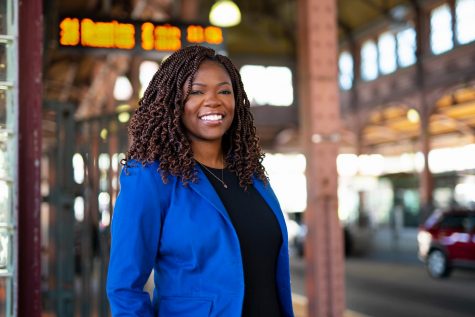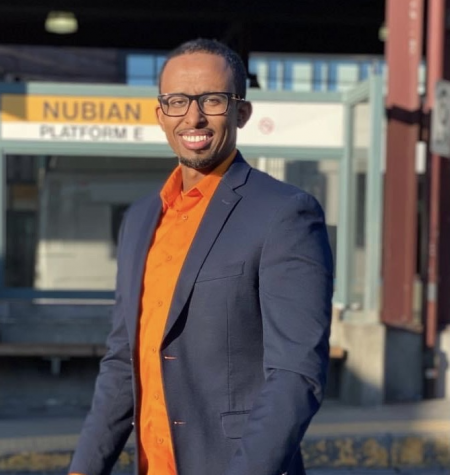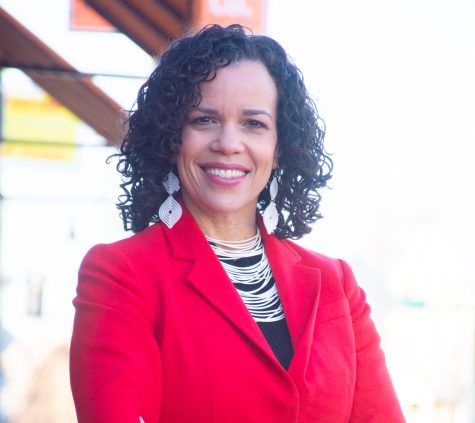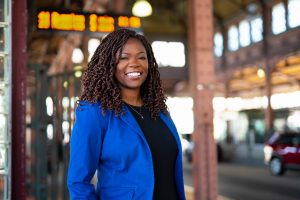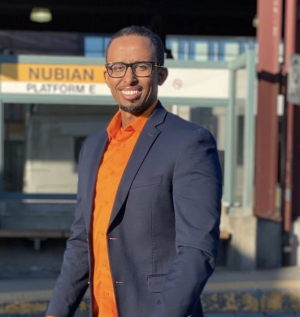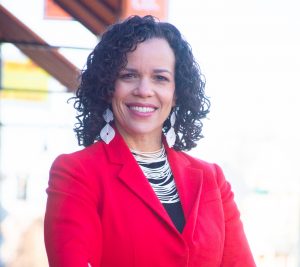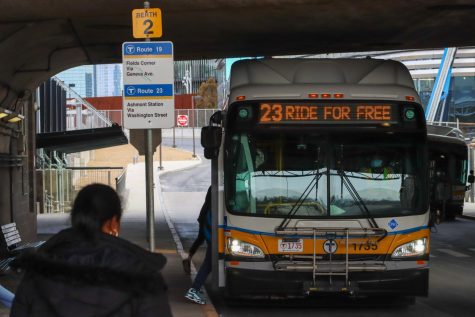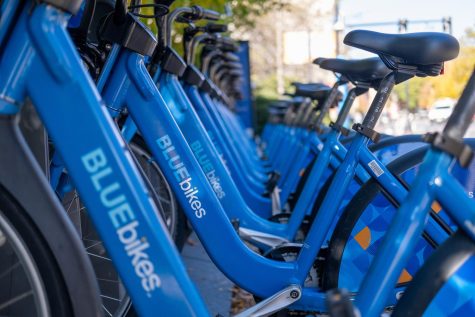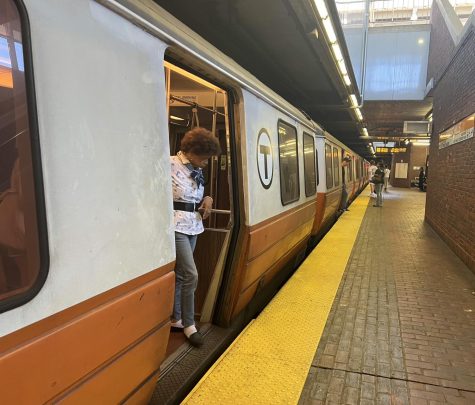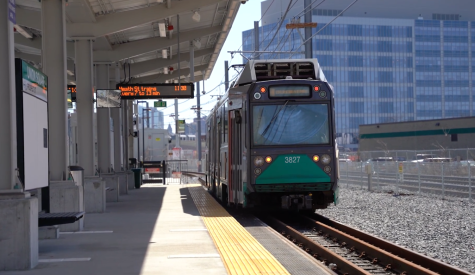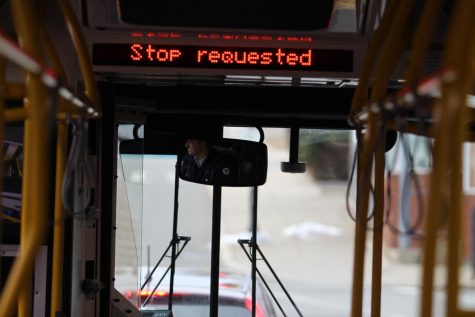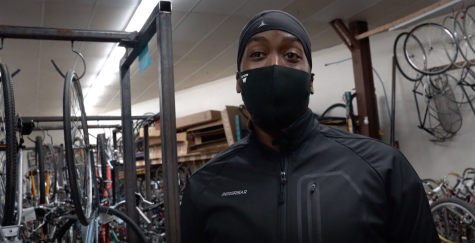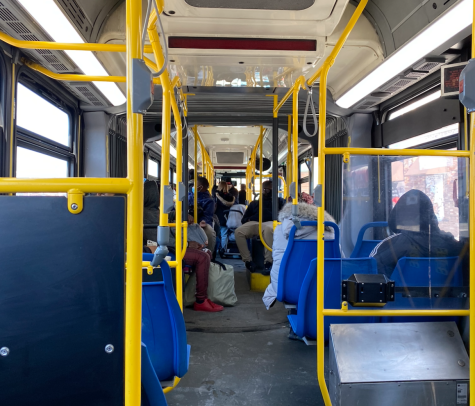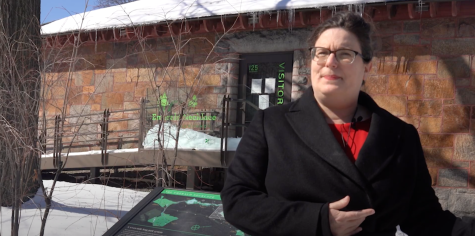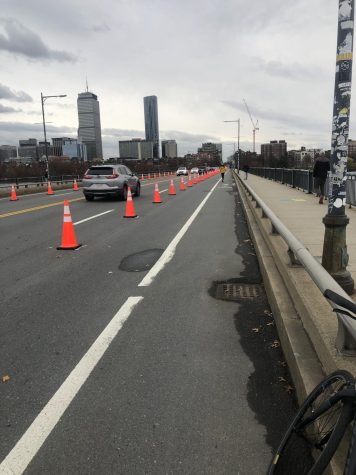‘Transit is the lifeline for people’ – How public transportation encourages social cohesion and offers post-pandemic solutions
Public transportation, when used across a city by many demographics of people, becomes a vital source of social cohesion – even if only for brief moments at a time.
Social cohesion is a term that refers to the strength of relationships among community members and the trust that those members have in their local government institutions. Many studies show that the level of social integration in a community gives a clear indication of the success it will have in addressing larger issues such as climate change, affordable housing and quality of life.
Investment in accessible and reliable public transportation directly impacts social cohesion for the better, explained Jim Aloisi, former Massachusetts Secretary of Transportation. It gives cities a better chance at everything from cutting down on carbon emissions to fighting systemic inequality.
In a city, “transit is the lifeline for people,” Aloisi said. Not only does it offer people freedom of movement and opportunities for better jobs, better health and better education, but it also integrates systematically segregated groups of people.
However, the ability to work from home, often touted as one of the positive consequences of the pandemic, is threatening to undermine this aspect of public transportation. The ability to work from home is only accessible for primarily whiter and wealthier people. Those who continue to travel to in-person service jobs are disengaged from those who have the privilege of working from home, not unlike the way the interstate system of the 20th century segregated poorer, inner-city demographics from wealthier, suburban demographics of people.
As cities begin to emerge from the pandemic, one of the best things community leaders can do, according to Aloisi, is to encourage people to go to work in person at least part of the time and use public transportation when doing so. This is only a viable solution, though, if the MBTA adjusts its schedules to the new traffic patterns of today.
“The great morning and evening rush-hour peaks of the past are going to be smaller,” Aloisi explained. “More people are going to be traveling throughout the day. Transit needs to respond to these new patterns to be fully responsible and equitable. That means more frequent, all-day service.”
Robert Kearns, a climate resilience specialist and transit advocate, studies the intersection of some of the largest issues facing Boston today. Particularly interested in transit equity, Kearns sometimes spends his weekends traveling the entire length of a subway line or bus route to understand better how each route fits into the city and where its weaknesses lie.
Two of the most central problems with public transportation in Boston today are the delays and infrequency of certain buses and subway lines. Commuter rails, said Kearns, come especially infrequently.
Encouraging public transportation and social cohesion among those living in the Greater Boston area begins with making it more efficient. Electrifying regional rail would reduce the amount of fossil fuels – the dominant cause of global warming – reduce noise pollution and result in much faster transit with fewer delays. “We need to invest in it more than we are,” said Kearns, “and we need more progressive taxation.”
After leaving the interview, Kearns caught the 12:30 p.m. train to Hyde Park on the Fairmount line. Before leaving, he said, “if I don’t catch this train, the next one won’t come until 2:20 p.m.
This video is a part of a climate justice series produced in Jody Santos’ course “Video News Reporting and Producing” at Northeastern University. Over the course of the semester, students will be producing news packages addressing climate and transit justice within Greater Boston.


